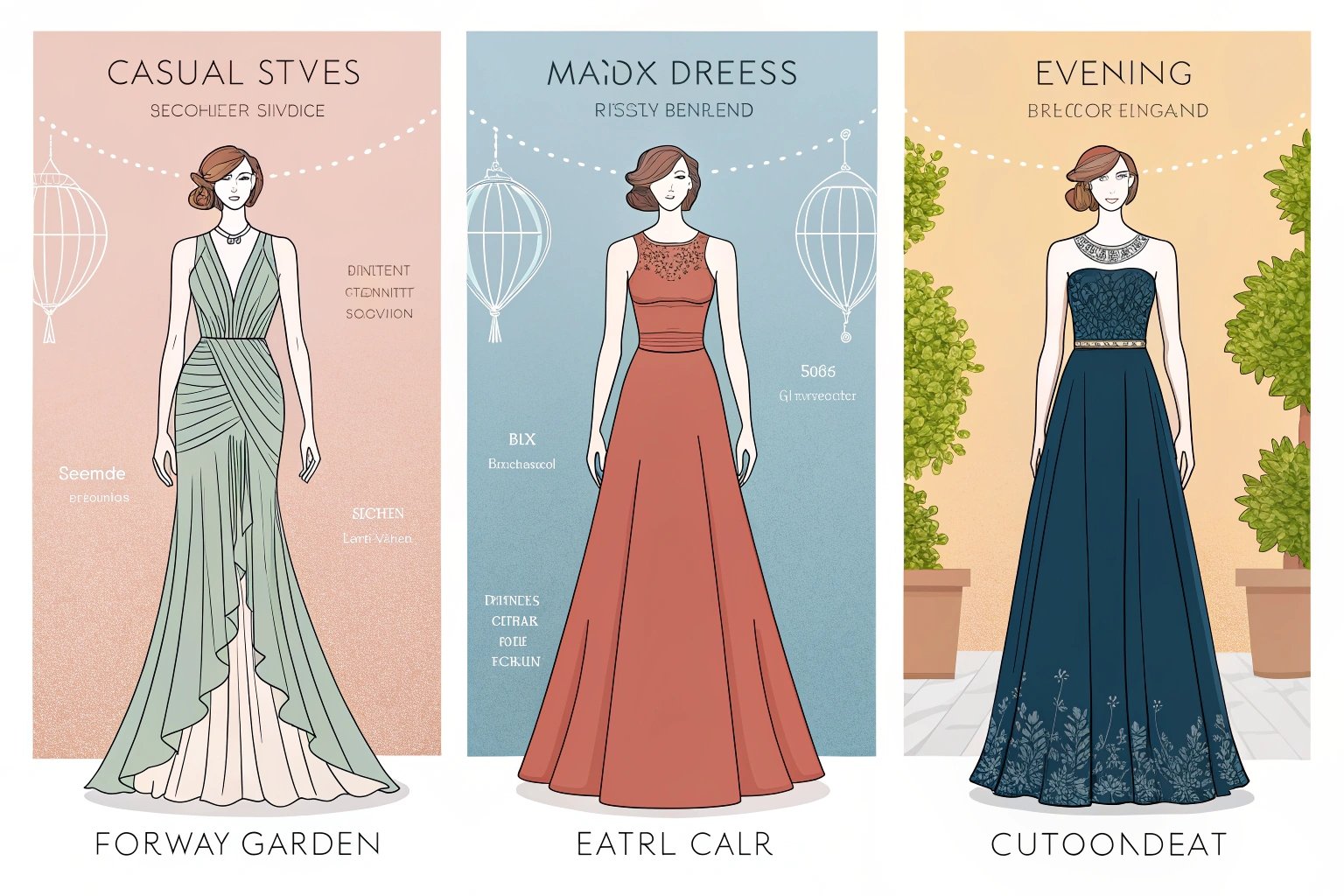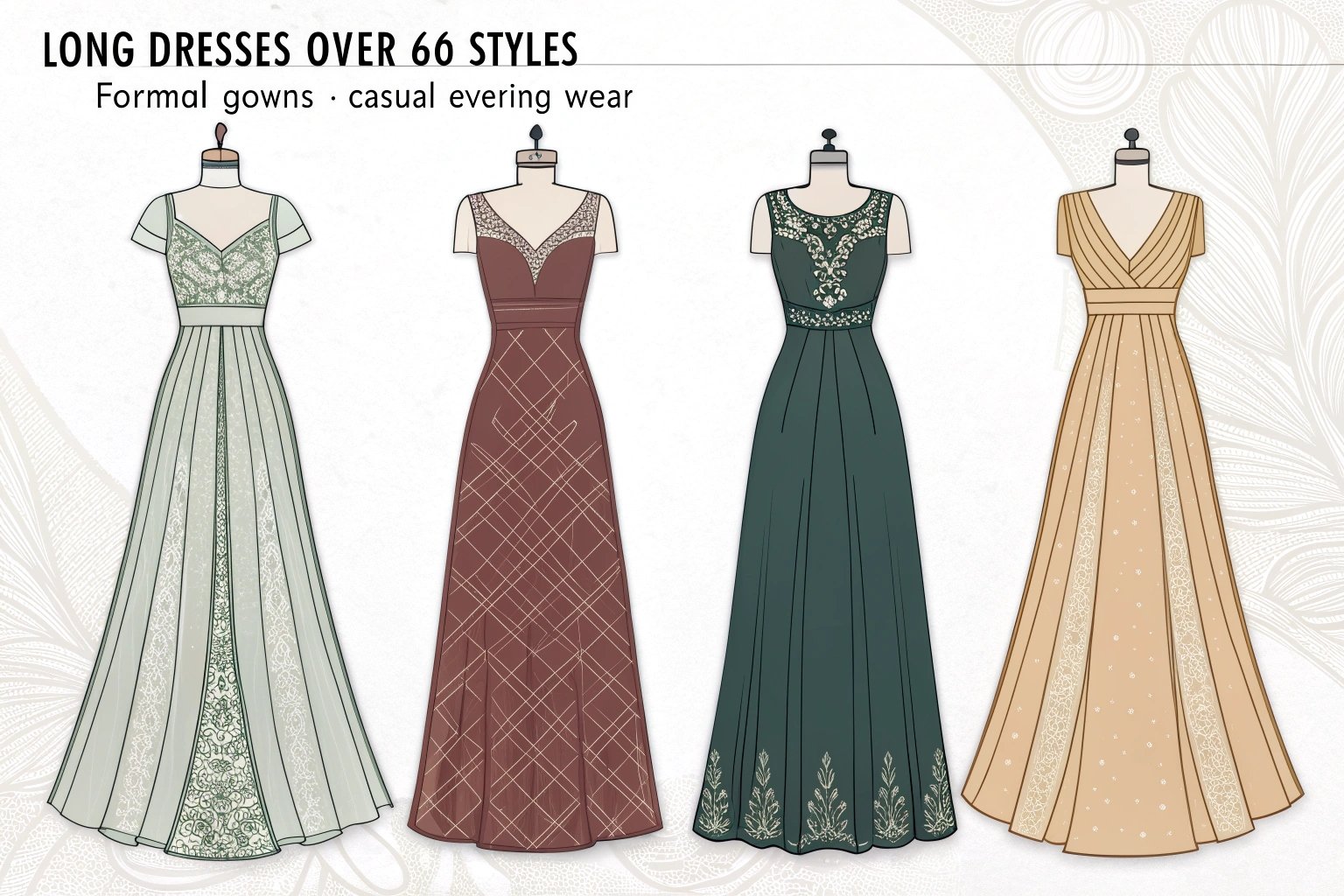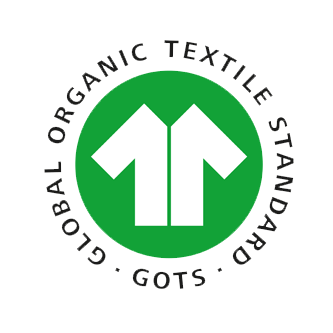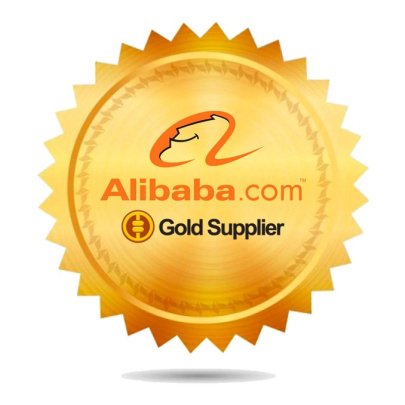The sportswear industry is one of the most dynamic sectors globally, with a handful of brands dominating the market. Nike, Adidas, Puma, and Under Armour1 have emerged as the giants of this industry. But what exactly makes these companies leaders in the field, and how do they maintain their dominant positions?
In this article, we will explore the largest manufacturers in sportswear, why Nike stands out as the largest player, and how other brands like Adidas, Puma, and Under Armour are competing in this fiercely competitive market.
Who Are the Giants in the Sportswear Industry?
Nike is often considered the largest sportswear manufacturer globally, but Adidas and other brands like Puma and Under Armour continue to present strong competition. These companies dominate the global sportswear market, each with its unique strategies and market presence.
Understanding how these major players compete and what sets them apart helps in analyzing the market and forecasting future trends.
 Business Meeting on Market Analysis
Business Meeting on Market Analysis
Major players in the sportswear industry:
| Brand | Estimated Global Market Share | Key Products/Focus Areas |
|---|---|---|
| Nike | 27% (global market share) | Athletic apparel, footwear, sports equipment. |
| Adidas | 19% | Sports footwear, activewear, football apparel. |
| Puma | 5% | Sports footwear, training apparel, sports fashion. |
| Under Armour | 2-3% | Performance gear, activewear, footwear. |
How Did Nike Become the Largest Manufacturer of Sportswear?
Nike’s rise to the top of the sportswear industry can be attributed to a combination of innovative product development, strategic marketing, and global reach. From its iconic "Just Do It" slogan to cutting-edge product technologies like Flyknit and Air Max, Nike has built a legacy of performance, style, and cultural influence.
Nike’s ability to innovate while staying connected to the world of professional sports and athletes has played a central role in its dominance.
| Strategy | Description | Why It Works |
|---|---|---|
| Product Innovation | Nike continually innovates with performance-driven technologies | Keeps the brand at the forefront of athletic apparel and footwear. |
| Global Brand Reach | Nike is available in over 190 countries | A worldwide presence allows Nike to dominate across diverse markets. |
| Athlete Endorsements | Partnerships with global athletes like LeBron James and Serena Williams | Builds credibility and trust with consumers. |
What Role Does Adidas Play in Competing with Nike as the Top Sportswear Brand?
Adidas, while not as large as Nike, is a formidable competitor. The brand focuses on blending performance with fashion, appealing to both athletes and lifestyle customers. Its innovations, like the Boost technology2 in running shoes, and its deep connection with football (soccer) have made it a leading brand in the sportswear market.
Adidas remains a major player in global markets and continues to challenge Nike’s dominance with strong marketing and product innovation.
| Strategy | Description | Why It Works |
|---|---|---|
| Football Partnerships | Adidas’ longstanding relationship with top football clubs and athletes | Cemented its position as the top football brand globally. |
| Technology | Innovations like Boost and Primeknit | Pioneering advancements in footwear and apparel, providing superior comfort and performance. |
What Makes Nike the Leading Sports Clothing Manufacturer?
Nike’s dominance in the sportswear market isn’t just due to its market share—it’s also driven by continuous innovation, effective marketing, and an efficient global supply chain.
Nike’s ability to lead in product design, technology, and marketing strategies has solidified its position as the leader in the industry.
Key success factors for Nike:
| Success Factor | Description | Why It’s Essential |
|---|---|---|
| Innovation in Product Design & Technology | Nike consistently develops cutting-edge technologies like Air Max, Flyknit, and Nike React | Keeps the brand at the forefront of the industry by offering products that push the boundaries of performance. |
| Global Supply Chain | Nike’s global network of manufacturing partners ensures efficient production and distribution | Enables quick response to demand fluctuations and global reach. |
| Marketing Prowess | Nike’s “Just Do It” slogan and athlete endorsements3, including iconic figures like Michael Jordan | Cultivates a global brand that connects deeply with consumers emotionally. |
How Does Nike’s Innovation in Product Design and Technology Contribute to Its Market Dominance?
Nike invests heavily in research and development to create products that enhance athletic performance. Their product innovations, such as lightweight Flyknit shoes and the energy-returning ZoomX technology, set them apart from competitors.
Product innovation not only improves performance but also creates a sense of exclusivity and technological leadership in the market.
| Innovation/Technology | Description | Why It’s a Game-Changer |
|---|---|---|
| Flyknit Technology | Lightweight and breathable material used in footwear | Provides a fit that mimics the natural feel of a sock while offering support. |
| ZoomX Technology | Advanced cushioning system in running shoes | Delivers better energy return and improved running performance. |
| Nike Air Max | Revolutionary air-cushioning system for footwear | Set the standard for comfort and performance in sports shoes. |

How Do Nike’s Global Supply Chain and Marketing Strategies Ensure Its Leadership?
Nike’s global supply chain4 allows it to produce high-quality products quickly and efficiently across multiple regions, from sourcing raw materials to distribution. Its marketing strategies connect with consumers on a personal level, making Nike more than just a sportswear brand—it’s a symbol of achievement.
Nike’s supply chain and marketing strategies help it maintain its leadership position by delivering products quickly and effectively while fostering a strong emotional connection with consumers.
| Supply Chain Strategy | Description | Why It Helps Nike Stay Competitive |
|---|---|---|
| Efficient Manufacturing | Nike’s use of advanced manufacturing techniques and a large network of suppliers | Lowers production costs and enables quicker delivery times. |
| Strong Retail and Online Presence | Integration of retail stores and e-commerce platforms to reach consumers | Provides seamless buying experiences for customers worldwide. |
How Do Other Major Sports Clothing Manufacturers Compare?
While Nike leads the pack, other major sportswear brands like Adidas, Puma, and Under Armour have carved out their own niches in the market. Each brand has its unique strategies for competing with Nike and meeting the needs of their target audience.
Understanding how these brands differentiate themselves from Nike and each other can provide valuable insights into what makes a successful sportswear manufacturer.
Comparison of top sportswear brands:
| Brand | Market Share | Key Differentiators |
|---|---|---|
| Adidas | 19% | Strong presence in football, Boost technology, and eco-conscious materials. |
| Puma | 5% | Fashion-forward sportswear with a focus on performance. |
| Under Armour | 2-3% | High-performance gear, particularly for athletes in extreme sports. |
How Has Adidas Built Its Competitive Edge in the Sportswear Industry?
Adidas has built its competitive edge by focusing on both high-performance sportswear and fashion-forward designs. Its collaboration with top football teams, as well as the introduction of the Boost technology in footwear, has helped Adidas carve out a significant place in the market.
Adidas’ ability to appeal to both athletes and casual consumers has kept it in direct competition with Nike.
| Strategy | Description | Why It Works |
|---|---|---|
| Football Expertise | Longstanding ties with top global football clubs | Allows Adidas to dominate the football apparel segment. |
| Boost Technology | Adidas’ breakthrough cushioning system | Offers superior comfort and performance in footwear. |
What Strategies Are Puma, Under Armour, and Other Brands Using to Compete?
Puma, Under Armour, and other emerging brands rely on unique marketing strategies, athlete endorsements3, and innovation to compete with industry giants like Nike and Adidas. Puma focuses heavily on style, performance, and high-profile collaborations, while Under Armour remains strong in the performance sector, offering high-quality sportswear for extreme athletes.
These brands continue to innovate in product design and explore new markets to establish themselves as formidable competitors in the sportswear industry.
| Brand | Strategy | Why It’s Effective |
|---|---|---|
| Puma | Collaborations with celebrities like Rihanna and athletes in soccer, running, and tennis | Attracts a younger audience through cultural relevance and performance. |
| Under Armour | Focus on performance gear5 for athletes and sports enthusiasts | Builds trust and loyalty by emphasizing high-quality, performance-enhancing products. |
How Do Sports Clothing Manufacturers Lead in Sustainability and Innovation?
Sustainability and innovation are becoming increasingly important to consumers, and sportswear brands are integrating these elements into their manufacturing processes. Brands like Adidas and Nike are leading the charge by using sustainable materials and environmentally friendly production methods.
Brands that lead in both sustainability and innovation are positioning themselves for long-term success.
Sustainability and innovation in sportswear:
| Sustainability Factor | Nike | Adidas | Puma |
|---|---|---|---|
| Use of Recycled Materials | Nike uses recycled polyester and sustainable materials in its apparel | Adidas’ collaboration with Parley for the Oceans to create shoes from ocean plastic | Puma’s commitment to using organic cotton and recycled polyester in its garments |
| Eco-Friendly Manufacturing | Reducing water and energy consumption in the production process | Adidas’ focus on sustainable production methods, including the use of renewable energy | Puma’s goal to reduce carbon emissions in its production processes |
What Sustainable Practices Are Leading Sportswear Brands Incorporating into Their Manufacturing?
Leading sportswear brands are adopting sustainable practices such as using recycled materials, minimizing water usage, and reducing their carbon footprint. Nike’s "Move to Zero" initiative aims to reduce waste and carbon emissions across the entire production chain, while Adidas’ commitment to creating products from ocean plastic has garnered significant attention.
Sustainable practices not only help brands meet consumer demand6 but also contribute to a more environmentally responsible industry.
| Sustainable Practice | Description | Why It’s Crucial |
|---|---|---|
| Recycled Fabrics | Using recycled polyester, plastic bottles, and ocean plastics | Reduces waste and lessens the environmental impact. |
| Eco-Friendly Packaging | Reducing packaging waste through sustainable materials and minimizing packaging | Meets consumer demand for environmentally responsible products. |
How Is Technology Shaping the Future of Sportswear Manufacturing?
Technology continues to shape the future of sportswear, from innovations in fabric technology to automated production lines. Brands like Adidas and Nike are experimenting with 3D printing, smart fabrics, and AI-driven design to improve performance and reduce manufacturing waste.
Technological advances are driving the evolution of sportswear and shaping the future of athletic fashion.
| Technology | Description | Why It’s Game-Changing |
|---|---|---|
| 3D Printing | Allows for custom fits and the creation of complex designs | Reduces waste and enhances product personalization. |
| Smart Fabrics | Fabrics that adapt to temperature, moisture, or activity levels | Elevates athletic performance through enhanced comfort and functionality. |

What Are the Key Trends in the Sportswear Industry?
The sportswear industry is constantly evolving, with brands adapting to new consumer demands, trends, and technological advancements. Sustainability, customization, and digital innovation are just a few of the key trends shaping the future of sportswear.
Keeping up with these trends is crucial for staying competitive and meeting the ever-changing expectations of consumers.
Key trends in the sportswear industry:
| Trend | Description | Why It’s Important |
|---|---|---|
| Sustainability | Focus on eco-friendly materials and sustainable manufacturing processes | Consumers are increasingly prioritizing brands that are environmentally responsible. |
| Customization | Offering personalized products to meet individual preferences | Consumers are looking for unique, custom-fit products. |
How Are Sportswear Manufacturers Adapting to Changing Consumer Demands and Market Trends?
Sportswear brands are increasingly focusing on sustainability, performance, and personalization to meet the evolving demands of consumers. Brands like Nike and Adidas are leading the way with innovative products that blend performance, style, and eco-consciousness.
Adapting to consumer trends ensures that brands remain relevant and continue to meet market needs.
| Adaptation Strategy | Description | Why It Works |
|---|---|---|
| Sustainable Practices | Shifting to eco-friendly materials and production methods | Aligns with consumer demand for sustainable products. |
| Performance + Fashion | Combining high-performance fabrics with stylish designs | Appeals to athletes and fashion-forward consumers alike. |
How Do Sports Clothing Manufacturers Leverage Endorsements and Sponsorships to Boost Brand Recognition?
Endorsements from athletes and sponsorships of major sports events help sportswear manufacturers build brand recognition and credibility. These partnerships allow brands to connect with their target audience on an emotional level and reinforce their commitment to performance and excellence.
Endorsements are a powerful tool for boosting brand awareness and credibility.
| Strategy | Description | Why It’s Essential |
|---|---|---|
| Celebrity Endorsements | Partnering with athletes like LeBron James or Lionel Messi | Builds credibility and trust with customers. |
| Event Sponsorships | Sponsoring events like the Olympics or the World Cup | Increases brand visibility and connects with global audiences. |
Conclusion
Nike has firmly established itself as the largest and most influential sportswear manufacturer, followed by strong competitors like Adidas, Puma, and Under Armour. Innovation in product design, marketing, and manufacturing strategies have allowed these brands to maintain leadership. As sustainability and technology continue to shape the industry’s future, new trends and innovations will further solidify the dominance of leading sportswear brands. For emerging companies, adapting to consumer demands, staying innovative, and leveraging strategic partnerships will be key to competing in this fast-evolving market.
-
Understand Under Armour’s focus on performance gear and its market positioning. ↩
-
Discover the innovative Boost technology and its impact on athletic performance. ↩
-
Learn how endorsements from top athletes boost brand credibility and sales. ↩ ↩
-
Understand the advantages of a global supply chain in the sportswear industry. ↩
-
Discover the characteristics that make gear high-performance in the sportswear market. ↩
-
Understand the impact of consumer demand on sportswear innovation and marketing. ↩









